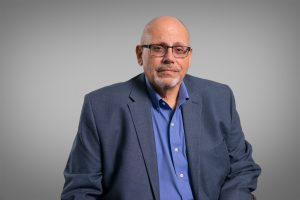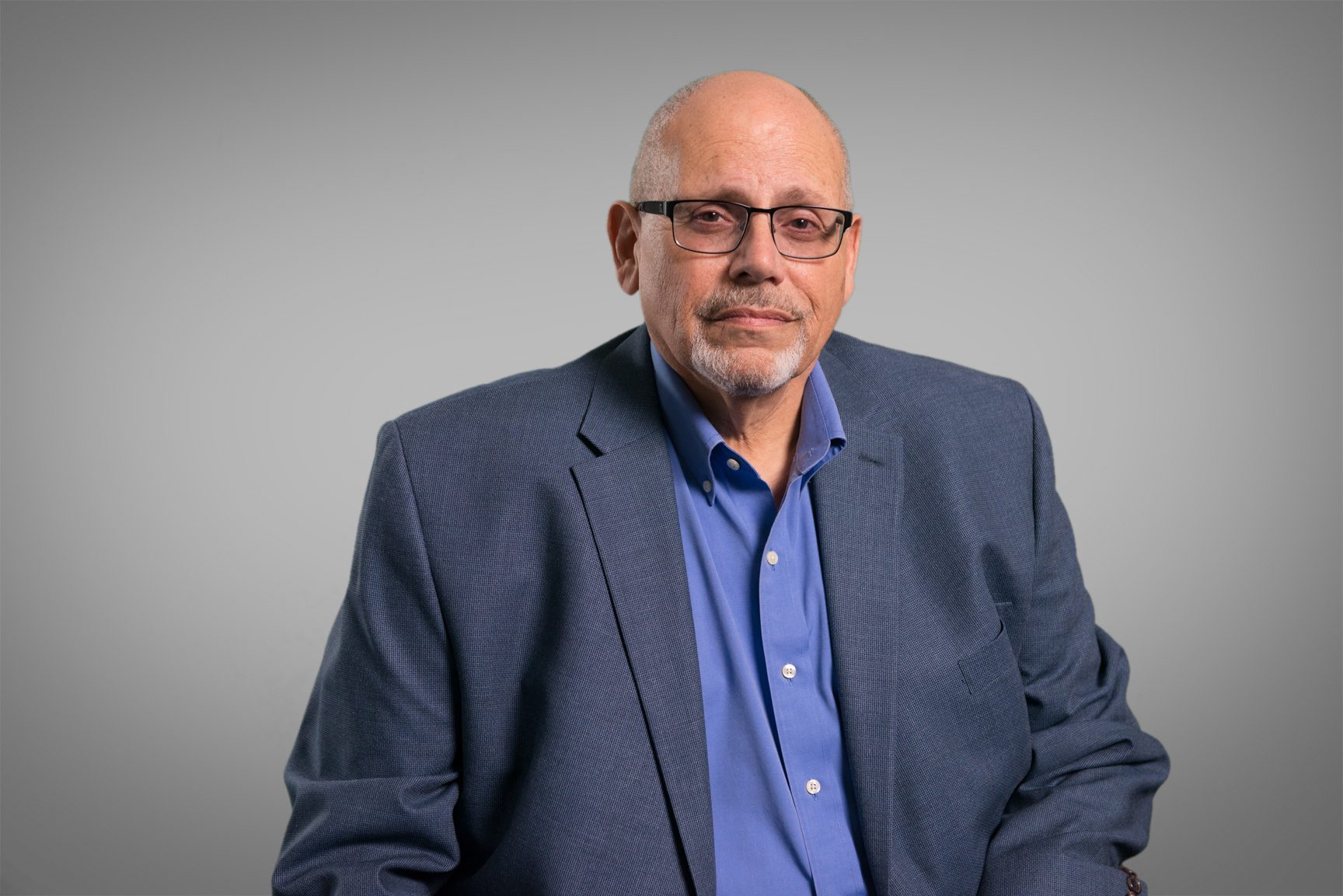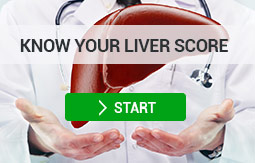Tony Villiotti, is a liver transplant survivor and the founder of both NASH kNOWledge and NASH Education. Tony, along with his organizations work diligently to raise awareness about the dangers regarding nonalcoholic steatohepatitis (NASH). It is his mission to provide informational resources designed to help educate the public on how to prevent non-alcoholic fatty liver disease and stop current cases of NAFLD from progressing into NASH.
Tony was kind enough to talk to us about the current liver disease crisis in the United States.
Can you explain what NASH is in simple terms?
NASH– or nonalcoholic steatohepatitis– occurs when the liver becomes swollen from excess fat and there is the beginnings of liver cell damage.
How is NASH usually diagnosed and how does it differ from other fatty liver diseases?
NASH is the first progression of nonalcoholic fatty liver disease (NAFLD) and occurs when the liver becomes enlarged. A person with NAFLD has excess fat, but no swelling. If swelling occurs the disease is categorized as NASH.
Actually, NASH is often undiagnosed because there are typically no symptoms. I know that in my case the disease had advanced to cirrhosis before it was diagnosed. At that point, it was too late for me to reverse NASH. If a person in being treated for diabetes or obesity, one’s doctor may perform blood tests that measure liver enzymes. The liver enzymes are not a foolproof measure, though. It’s often up to the patient to take the initiative with their physician. If a patient feels at risk, a doctor should be requested to perform a FibroSure blood test which combines liver enzymes and tryclericdes with clinical parameters such as age and weight to assess the likelihood of fibrosis. A more aggressive, but still noninvasive, approach would be to have a Fibroscan which is like an ultrasound and measures liver scarring and the degree of fat. The final diagnostic step would a biopsy which is invasive and carries a risk of infection.
Can you explain more about your personal connection to NASH? How has your diagnosis impacted your daily life?
I experienced the entire spectrum of nonalcoholic fatty liver disease. NAFLD led to NASH which led to cirrhosis. That led to cancer and the necessity for a liver transplant which was successfully performed in March 2018. Looking back on my experience I realized how uninformed the public is about the danger of liver disease. I never heard of NASH until I had it. I never knew that NAFLD could lead to cirrhosis until my cirrhosis diagnosis. Talking with others I realized that this lack of awareness on my part was the rule, and not exception. I felt I had an obligation to pay my good fortune forward. My wife and I established NASH kNOWledge, a non-profit based in Pittsburgh, to work to raise awareness of nonalcoholic fatty liver disease.
My initial NASH and cirrhosis diagnosis had a major impact on my daily life as I had to stop eating the foods I most enjoyed, which was a major adjustment for me.
What are your dietary recommendations for someone who has been diagnosed with NASH?
I would try to stick with a Mediterranean diet. I know that some people like a ketogenic diet but my discussions with doctors and dieticians left me thinking it was not the best option. My further recommendation would be to stay away from fad diets that promise fast weight loss. Slow, steady and sustainable is the best course of action.
What is your experience with Amsety bars and how can Amsety bars be useful for liver patients?
Unfortunately for me, I did not become aware of Amsety bars until after my liver transplant. Diet is a major factor in reversing and controlling liver disease. Diet is really all about making good nutrition choices. Amsety bars provide a great alternative to snacks and desserts that are not nutritious. An Amsety provides a good tasting treat without the nutritional baggage of candy and many other supposedly healthy bars.

Read Our Interview with Wayne Eskridge, Founder of the Fatty Liver Foundation

 (442) 244-5115
(442) 244-5115














